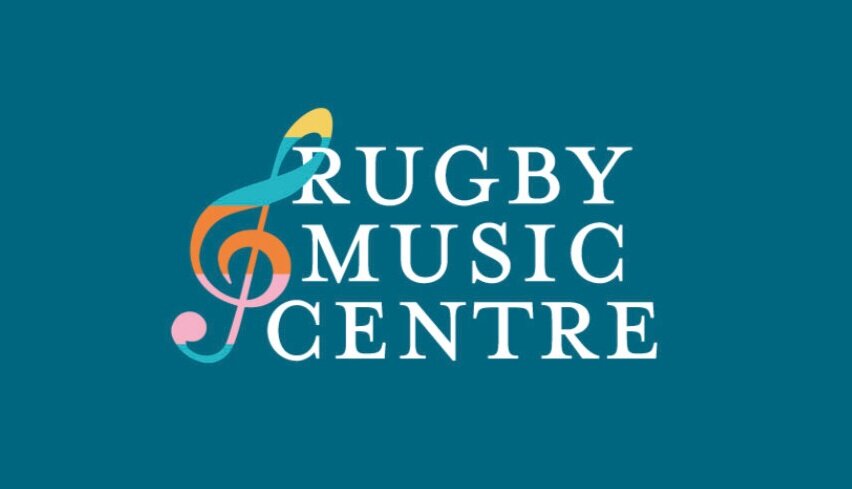Guitar lessons through RMC - Information for parents and carers
A message from Steve George, our classical guitar expert
In advance of your child starting guitar lessons, here is some information that you may find useful……
The Lessons
We teach what is called “classical method”; this doesn’t mean that we only learn classical music, but that we learn the rudiments of music, how to read standard musical notation and encourage good posture when playing.
These skills will enable students to work towards GCSE Music, as well as being transferable, should they want to learn another instrument.
We will encounter a range of musical styles on our journey, encouraging a wider appreciation of music as the students progress and expanding opportunities in their music making later on.
Progression
To us, a big part of the musical journey is performance. Once students are past the basics, we encourage them to join our local ensemble groups. These provide the valuable experience of playing music with others. We have groups at three levels, offering a progression path as students develop.
We also encourage students to take grade exams along their journey. These cover many aspects of performance, technique and musicianship.
The Equipment
Students will need a nylon-strung, “Classical” or “Spanish” acoustic guitar. Metal (treble) strings are not suitable for young fingers as they are harsher on the fingertips. Guitars are available in children’s sizes; a ¾-size guitar is likely to last a Year 3 beginner to Year 6 or 7. If your child is physically smaller, a ½-size guitar may be a better option to begin with but will probably need replacing earlier.
Reliable makes include Valencia, Stagg and Jose Ferrer. Reviews of these and many other brands are available online.
A note on left-handedness – the vast majority of left-handers (myself included!) benefit from learning the conventional way. Some shops are keen to sell “left-handed” guitars, but in my experience students using these often struggle to get past Grade 2 level. We will identify if a left-hander would benefit from having the guitar strung the other way around.
The beginners’ book we use is “The Guitarist’s Way”, Book 1, available through many online suppliers. Subsequent to this, we usually move students on to the Trinity Grade syllabus.
We do recommend getting a “guitarists’ footstool”. This will aid correct posture; the left knee needs to be raised enough for the guitar to sit, without being held by the hands – we need them for playing the thing! A trend in schools these days is for bigger chairs to be provided, such that the child’s feet only just touches the ground, so a footstool is even more of a requirement.
Practice
Practice is the means through which a student will make progress. New techniques and ideas need to be embedded in the time between lessons, helping them to be ready for new things in each and every lesson.
Practice needs to be short but regular in the first instance, as the fingers get used to new techniques. Five minutes a day will result in much more progress than one half-hour session a week.
We do hope that you find this information useful. If you have any other queries, please contact us via enquiries@rugbymusiccentre.co.uk
